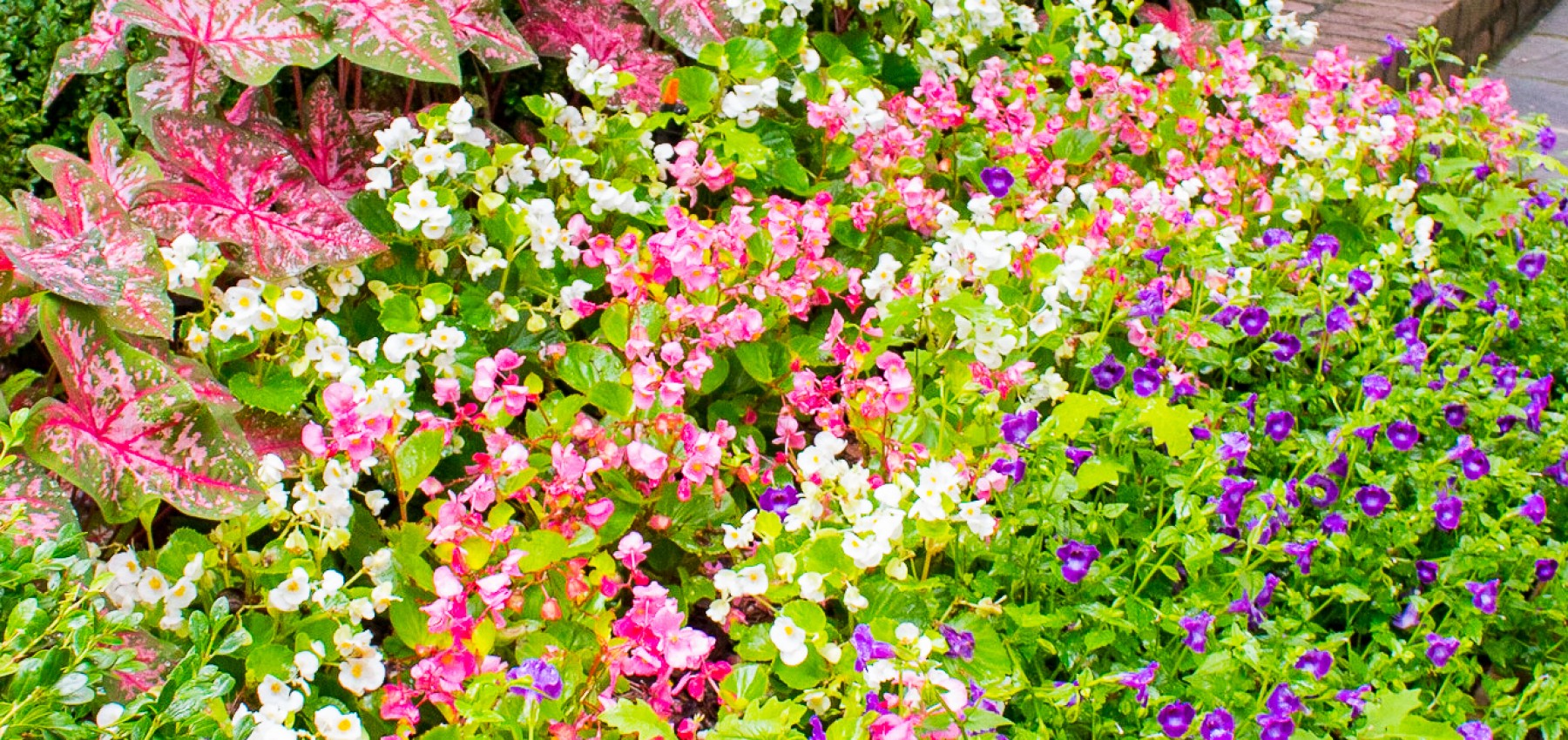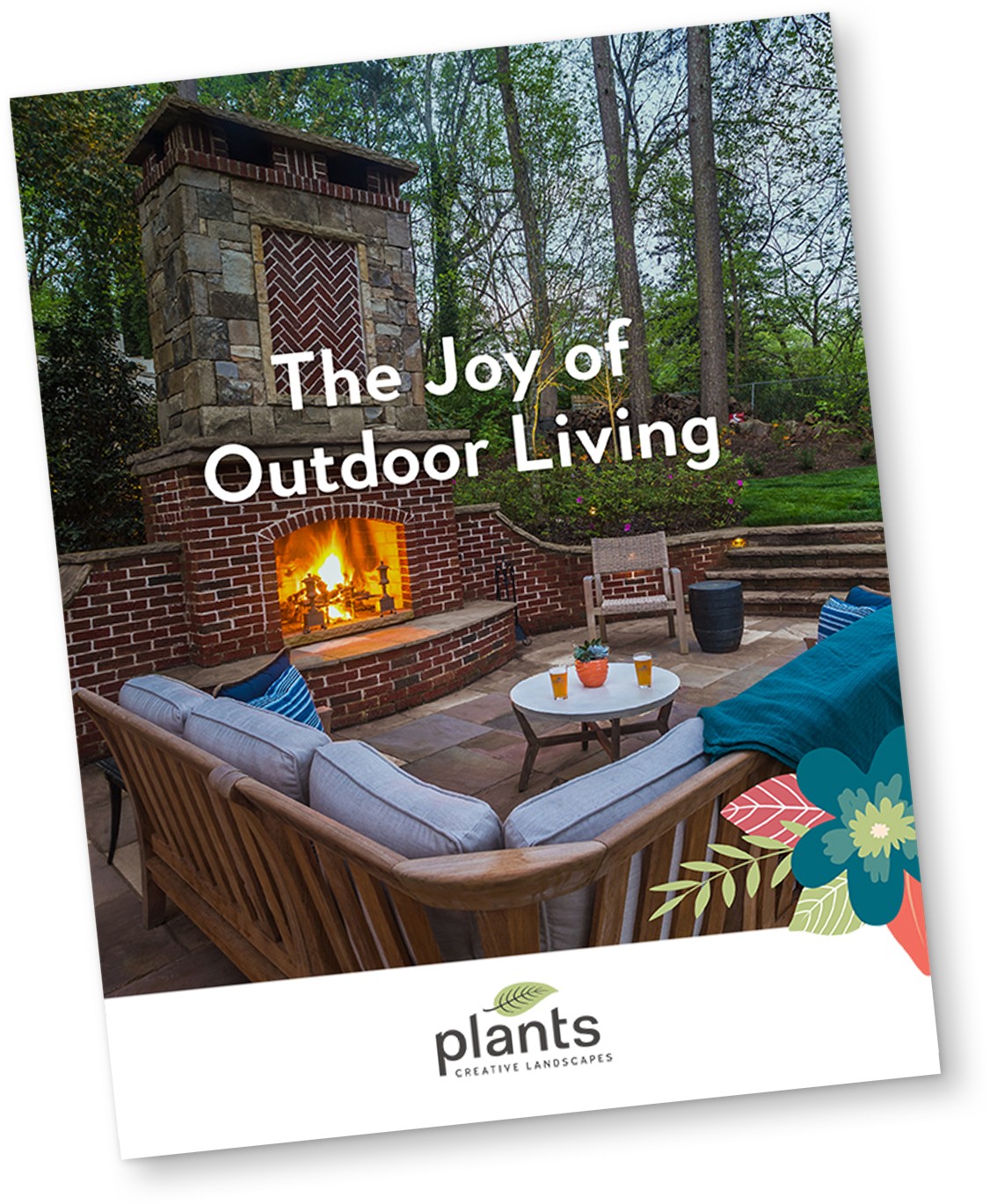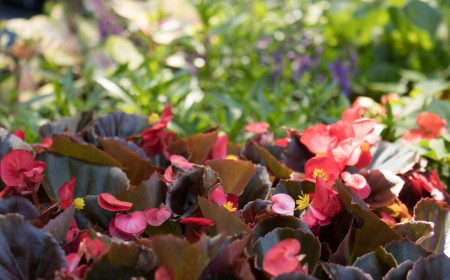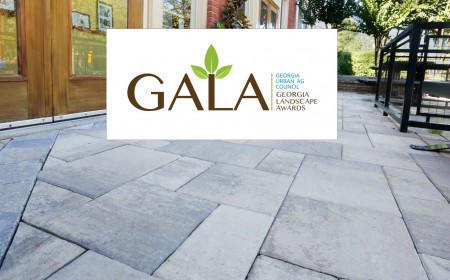Annuals come in many different shapes, sizes, and colors but the one thing that they all have in common is they will not thrive without proper design consideration and care. At Plants Creative, we follow five basic rules for every container or bed that we design and plant with annuals to ensure that they will thrive throughout the growing season:
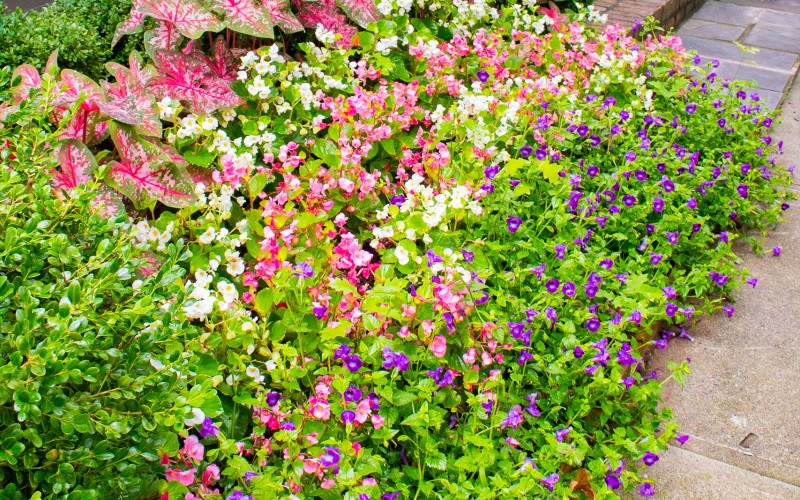
1. Prep your space. More often than not, the issues that arise with annuals (stem rot, fungus, etc) are caused by improper drainage or overwatering. If you are planting in containers, be sure to choose a pot that has at least one hole in the bottom. Before adding your soil, be sure to fill the container about one third of the way full with a material that water can easily flow through, like bark or pebbles. In annual beds, it's important to turn over or rototill your soil before doing any plantings. It is also a good idea to gather your soil so the bed is slightly raised. The prepared soil means that water can move more easily to the roots of your plants and the mounded bed means that water won’t accumulate around your annuals. We also recommend adding a high quality soil amendment like Mr. Natural’s CLM, which has worm castings and permatill for additional drainage.
2. Right plant, right place. The biggest thing that can go wrong when designing annual beds or containers is choosing the wrong plant for the wrong light conditions. For example, caladiums, impatiens, and begonias are classic shade-loving annuals, whereas lantanas and vincas prefer full sun. Once you know where you are planting, figure out how much sun that space will get each day and plan your annuals accordingly.
3. Design your space. For containers, we recommend following the Thriller, Filler, Spiller rule. A thriller is usually your tallest plant and is placed in the center of a container as the focal point. Your fillers go around the base of the thriller to add some depth and dimension. The spillers go around the edge of the container and often times drape over the edges. For beds, it's all about personal preference. You can certainly follow the thriller, filler, spiller rule but you can also play around with color, height, and density to create some really interesting displays of annuals. Planting your annuals is like creating artwork, which means there are unlimited opportunities to create unique and original designs. However you prefer to plant your annuals, we do recommend that you lay your plants out before you start planting. This small step can be the difference between a beautiful bed and a chaotic mess.
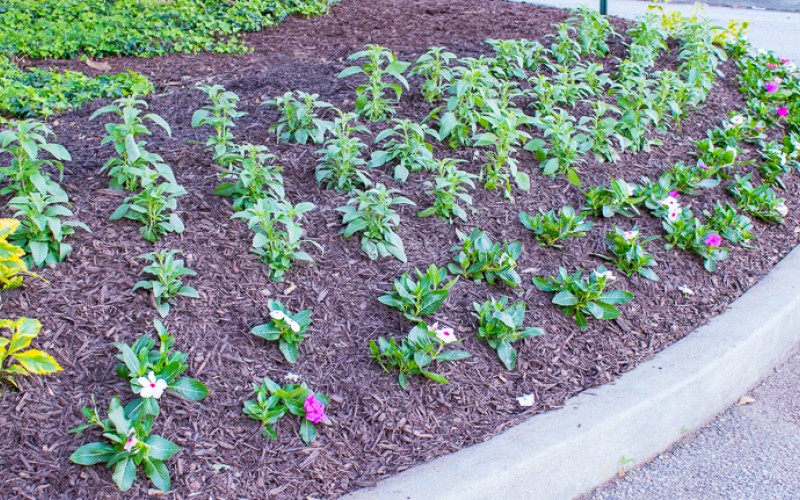
4. Time to plant! This step is actually probably the easiest. Just make sure that you don’t plant anything too deep. Doing so will potentially lead to stem rot later in the season. Once you have everything planted, cover the soil with a layer of mulch, give everything a good watering, and you’re done!
5. Take good care of your little annual babies. Fertilization and deadheading are important parts of maintaining your annuals. We always recommend adding a slow release granular fertilizer to the soil prior to planting your annuals and then again midway through the summer. It's also a good idea to use liquid fertilizer every 6 weeks or so. Pruning or pinching your annuals to remove any spent blooms regularly will keep your annuals looking fuller and denser for longer throughout the spring and summer.
We hope these five rules will help get you started in planting your own flowers! Getting your hands in the dirt and being creative is certainly a fun and fulfilling way to welcome summer. If you ever find yourself needing a hand, our team is happy to help! Plants Creative offers a professional seasonal flower design and installation program as well as an annual maintenance plan so you can enjoy your flowers without the dirty work.
Happy planting!
